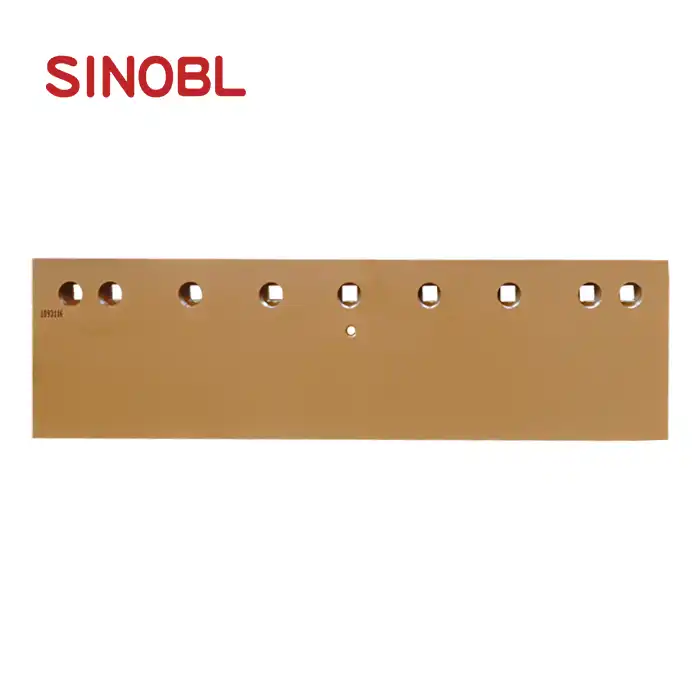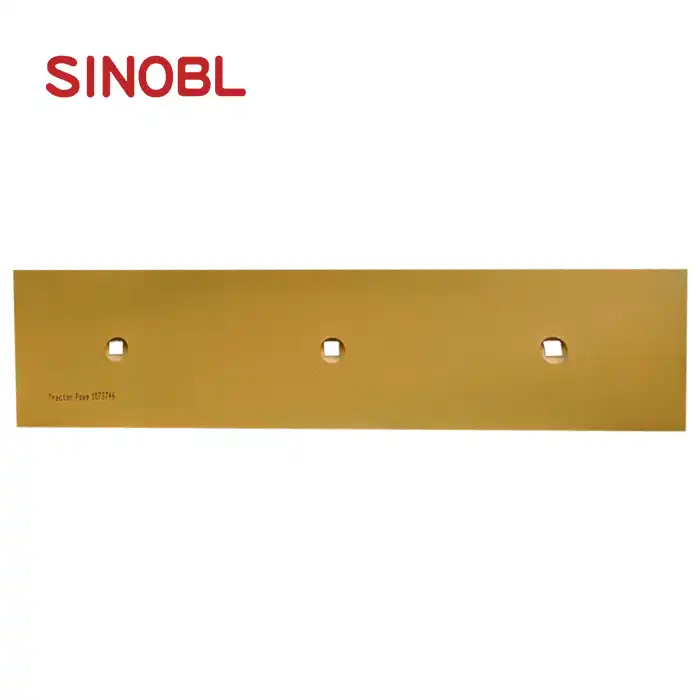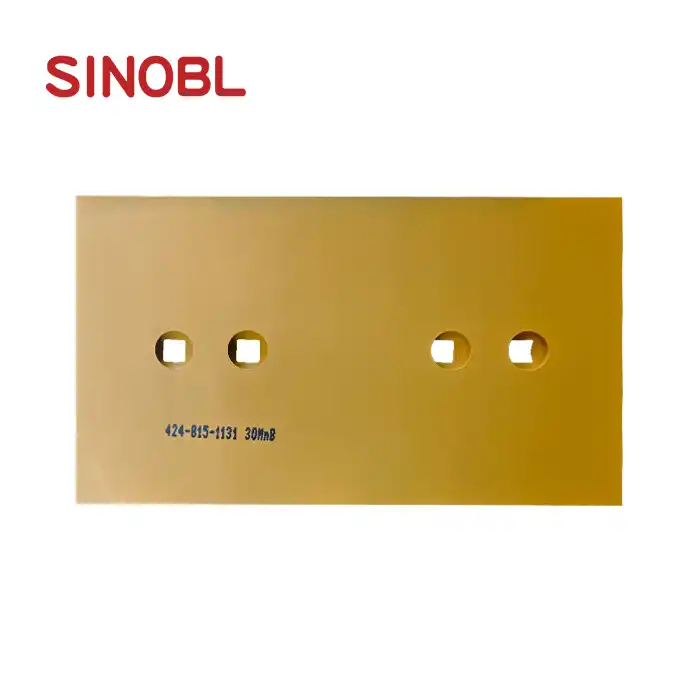Understanding the Material Quality of Dozer Sprocket Segment D51
The Dozer Sprocket Segment D51 represents a critical component in heavy machinery operations, particularly in bulldozers where power transmission and track engagement are paramount. Understanding the material quality of these segments is essential for equipment managers and operators who seek optimal performance and longevity from their machinery investments. The D51 sprocket segments manufactured by Shanghai Sinobl Precision Machinery Co., Ltd. feature heat-treated boron steel construction, precision engineering, and rigorous quality control processes that distinguish them in the competitive heavy equipment parts market. This comprehensive analysis explores how material selection and manufacturing techniques contribute to the exceptional durability and reliability of the Dozer Sprocket Segment D51 in demanding operational environments.
Material Composition and Heat Treatment Processes
Advanced Alloy Selection for Superior Performance
The foundation of exceptional Dozer Sprocket Segment D51 performance begins with material selection. Shanghai Sinobl Precision Machinery Co., Ltd. utilizes heat-treated boron steel for their D51 sprocket segments, a strategic choice that delivers remarkable advantages in heavy-duty applications. This specialized alloy contains carefully calibrated amounts of boron, which significantly enhances hardenability while maintaining excellent formability characteristics. The Dozer Sprocket Segment D51 benefits tremendously from this material choice, as the boron addition allows for more consistent hardening throughout the entire segment profile, including critical stress points and tooth geometry. This uniform hardness distribution prevents premature wear patterns that typically plague inferior segments made from conventional carbon steels. Furthermore, the boron-enhanced alloy demonstrates superior resistance to impact loading—a constant challenge in dozer operations where unexpected obstacles and ground variations can subject drivetrain components to extreme shock forces. Equipment operators working with these premium Dozer Sprocket Segment D51 components report considerably longer service intervals and more predictable wear characteristics, allowing for better maintenance scheduling and reduced downtime across construction, mining, and earthmoving applications.
Precision Heat Treatment Techniques
The raw material quality of the Dozer Sprocket Segment D51 is only part of the equation; equally important is the sophisticated heat treatment process employed by Sinobl. Each segment undergoes a meticulously controlled thermal processing regimen that transforms the molecular structure of the base metal to achieve optimal hardness, toughness, and wear resistance. The heat treatment protocol for the Dozer Sprocket Segment D51 involves precise austenitizing at temperatures exceeding 1700°F, followed by carefully timed quenching in specialized polymer solutions that ensure uniform cooling rates throughout the segment's varying thicknesses. This prevents internal stress concentrations and potential failure points. The segments then undergo a tempering process at specific temperatures determined through extensive testing to achieve the ideal balance between hardness (typically reaching 45-52 HRC) and impact resistance. This sophisticated thermal processing ensures that the Dozer Sprocket Segment D51 maintains exceptional wear characteristics while resisting fracture when exposed to the extreme stresses of dozer operations. The company's advanced heat treatment facilities feature computer-controlled furnaces with temperature accuracy within ±5°F, guaranteeing consistent quality across production batches. This level of precision in heat treatment directly translates to longer service life for the Dozer Sprocket Segment D51, with field tests demonstrating up to 30% improvement in operational longevity compared to conventional segments.
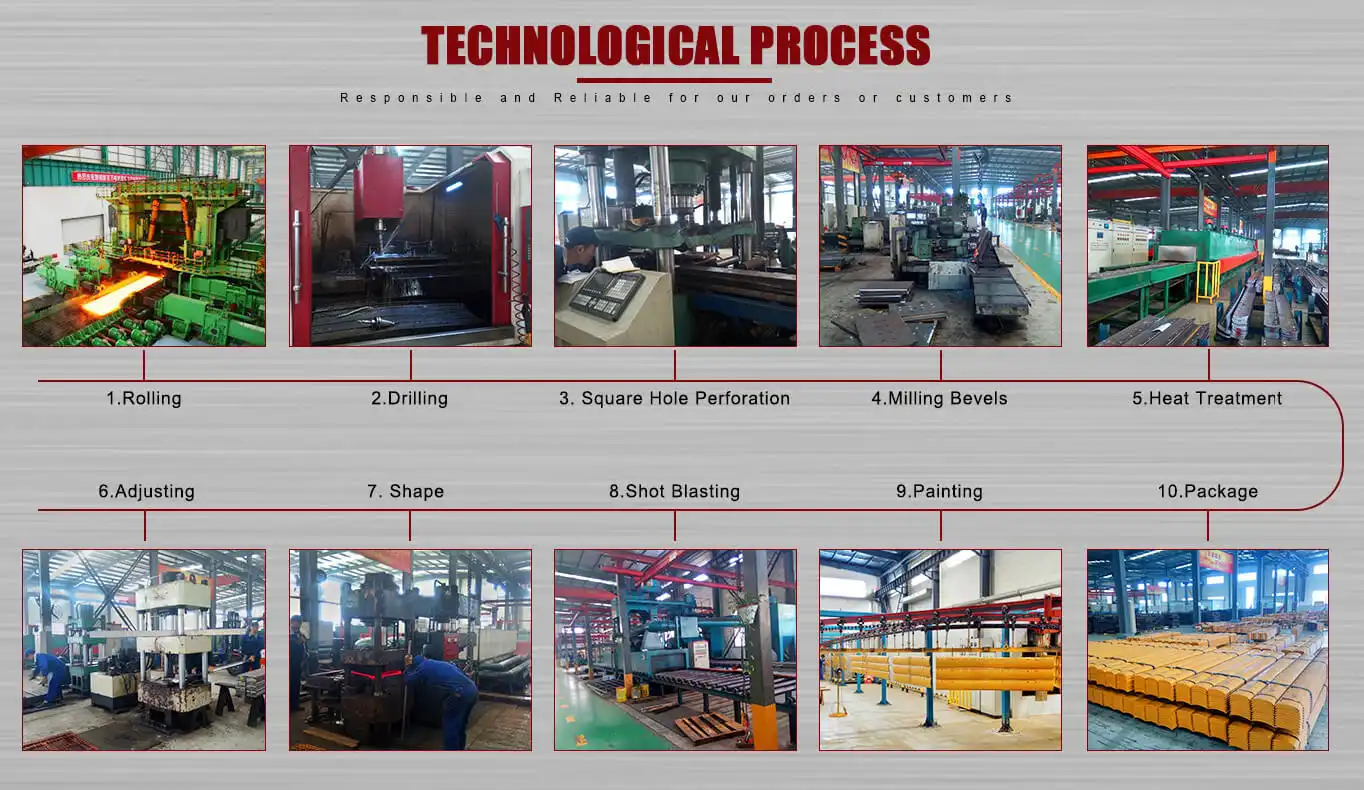
Surface Hardening and Edge Reinforcement
Beyond the base heat treatment, the Dozer Sprocket Segment D51 receives additional surface hardening treatments that further enhance its performance characteristics. Sinobl employs induction hardening technology that selectively increases the surface hardness of high-wear areas, particularly the tooth profiles and contact surfaces of the segment. This creates a dual-property profile in the Dozer Sprocket Segment D51 where the exterior surfaces maintain exceptional hardness values approaching 58-62 HRC while the core material retains the necessary toughness to absorb operational shocks and vibrations. This sophisticated surface hardening is particularly beneficial for the tooth geometry of the Dozer Sprocket Segment D51, where engagement with the track creates continuous wear conditions. The three-tooth configuration of the D51 segment (part number 12Y-27-11521) receives special attention during this process, with each tooth profile subjected to precision-controlled induction heating followed by rapid quenching to create an exceptionally wear-resistant surface layer approximately 2-3mm in depth. This differential hardening approach significantly extends the functional life of the Dozer Sprocket Segment D51 while maintaining the structural integrity necessary for reliable operation. Equipment owners benefit from this advanced treatment through reduced replacement frequency and more consistent track performance throughout the service life of the components, ultimately contributing to lower operational costs and improved machinery reliability.
Engineering Design and Manufacturing Excellence
Precision Machining for Perfect Fit and Function
The manufacturing excellence of the Dozer Sprocket Segment D51 is evident in the precision machining processes employed to create these critical components. Shanghai Sinobl Precision Machinery utilizes state-of-the-art CNC machining centers with multi-axis capabilities to ensure dimensional accuracy within exceptionally tight tolerances. Each Dozer Sprocket Segment D51 undergoes meticulous machining operations where tooth profiles, mounting holes, and mating surfaces are crafted to exacting specifications. The three mounting holes on the D51 segment are machined with precision that ensures perfect alignment with the sprocket hub, eliminating installation issues and preventing premature wear from misalignment. This level of manufacturing precision is particularly important for the Dozer Sprocket Segment D51 as even minor dimensional variations can lead to uneven load distribution, accelerated wear, and potentially catastrophic failures during operation. The company's investment in advanced machining technology yields Dozer Sprocket Segment D51 components with hole diameter tolerances within ±0.05mm and surface finish quality that promotes optimal contact across mating surfaces. These manufacturing refinements translate directly to field performance, as precisely machined Dozer Sprocket Segment D51 segments distribute operational loads more evenly across the entire component, reducing stress concentrations and extending service life. Operators in demanding environments such as mining operations and large-scale construction projects particularly value this manufacturing precision, as it results in more reliable equipment performance and reduced maintenance requirements.
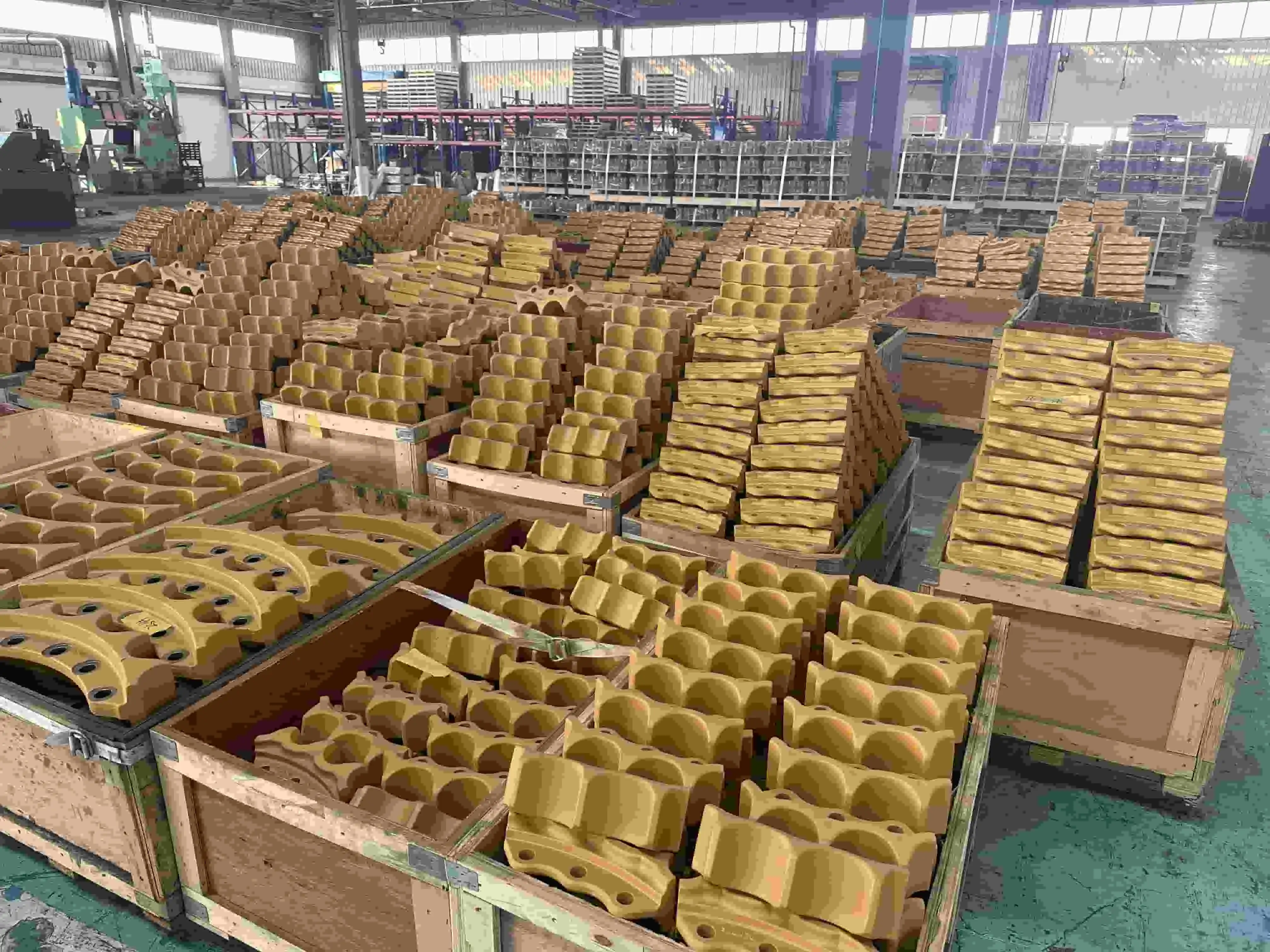
Optimized Tooth Design for Enhanced Performance
The tooth design of the Dozer Sprocket Segment D51 represents a critical engineering achievement that directly impacts overall dozer performance. Sinobl's engineering team has optimized the three-tooth configuration of the D51 sprocket segment through extensive finite element analysis and field testing to achieve ideal engagement with track links. The tooth profile of the Dozer Sprocket Segment D51 features carefully calculated geometry that maximizes contact area while facilitating proper track articulation around the sprocket. This optimized design minimizes point loading and distributes forces more evenly across the tooth surface, significantly reducing wear rates and extending component life. The tooth spacing and depth of the Dozer Sprocket Segment D51 are precisely engineered to maintain proper track tension throughout operation, preventing track slippage that can lead to accelerated wear and potential equipment damage. This attention to tooth design is particularly valuable in applications where dozers face highly abrasive conditions, such as quarry operations or rocky terrain excavation. The Dozer Sprocket Segment D51 tooth profile also incorporates subtle lead-in and lead-out angles that smooth the engagement and disengagement process with track links, reducing impact forces and operational noise. These engineering refinements may seem minor, but they significantly enhance the performance characteristics of the Dozer Sprocket Segment D51, contributing to smoother operation, reduced vibration, and extended service life for both the segments themselves and the entire undercarriage system.
Quality Control and Testing Protocols
The exceptional reliability of the Dozer Sprocket Segment D51 is ensured through rigorous quality control and testing protocols implemented throughout the manufacturing process. Shanghai Sinobl Precision Machinery employs a comprehensive multi-stage inspection system that examines each Dozer Sprocket Segment D51 at critical production phases. The quality assurance begins with raw material verification, where incoming heat-treated boron steel undergoes chemical composition analysis and hardness testing to confirm specification compliance before manufacturing begins. During production, each Dozer Sprocket Segment D51 is subjected to dimensional verification using coordinate measuring machines (CMMs) that capture over 30 distinct measurement points to ensure perfect conformity to design specifications. Particular attention is paid to the critical dimensions of the three mounting holes and the precise geometry of the three teeth on each segment. Following machining operations, every Dozer Sprocket Segment D51 undergoes hardness testing at multiple points to verify that heat treatment has achieved the required material properties throughout the component. Advanced non-destructive testing methods, including magnetic particle inspection and ultrasonic examination, are employed to detect any internal or surface defects that could compromise the performance of the Dozer Sprocket Segment D51 in field operations. Completed segments undergo final inspection before being carefully packaged in plywood pallets with plastic wrap protection for shipping. This comprehensive quality control system ensures that every Dozer Sprocket Segment D51 leaving the facility meets or exceeds OEM specifications, providing equipment operators with components they can trust in the most demanding applications.
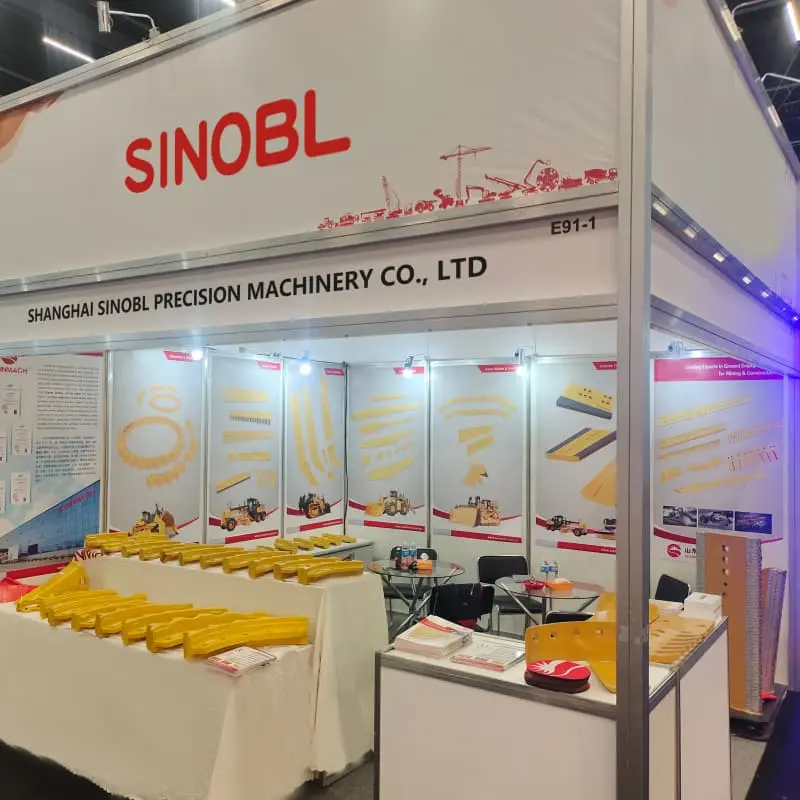
Performance in Challenging Environments
Extreme Weather Resistance and Durability
The Dozer Sprocket Segment D51 demonstrates exceptional resilience across diverse environmental conditions, making it an ideal choice for global operations facing varying climate challenges. The heat-treated boron steel composition of the Dozer Sprocket Segment D51 provides remarkable temperature stability, maintaining consistent performance characteristics in environments ranging from sub-zero arctic conditions to extreme desert heat. This material stability prevents the brittleness that can affect lesser-quality segments in cold weather operations or the accelerated wear that often occurs in high-temperature environments. The surface treatment applied to the Dozer Sprocket Segment D51 also offers enhanced corrosion resistance, protecting against rust formation and material degradation even when equipment operates in high-humidity regions or areas with significant precipitation. Mining operations in tropical climates have reported particularly positive results with the Dozer Sprocket Segment D51, noting minimal corrosion development despite constant exposure to moisture and abrasive materials. The material composition and heat treatment of the Dozer Sprocket Segment D51 also resist the thermal cycling that frequently causes premature failure in standard components, where repeated heating and cooling from operational demands and environmental conditions create internal stresses. Construction companies operating across seasonal extremes value the consistent performance of the Dozer Sprocket Segment D51 throughout the year, eliminating the need to adjust maintenance schedules based on weather conditions. This environmental adaptability makes the Dozer Sprocket Segment D51 an ideal solution for equipment fleets that operate across diverse geographical regions or in locations with extreme seasonal variations.
Abrasion Resistance in High-Wear Applications
The superior abrasion resistance of the Dozer Sprocket Segment D51 is particularly evident in high-wear applications where conventional segments fail prematurely. The combination of heat-treated boron steel and optimal surface hardening creates a component that withstands the continuous abrasive contact inherent in dozer operations. Mining environments, where dozers frequently operate in highly abrasive materials including crushed rock, ore, and mineral substrates, provide a stringent test of sprocket segment durability. The Dozer Sprocket Segment D51 consistently outperforms standard offerings in these challenging conditions, maintaining proper tooth profiles significantly longer than conventional segments. The advanced material composition of the Dozer Sprocket Segment D51 resists the micro-cutting and gouging mechanisms that typically accelerate wear in lesser components, preserving critical dimensions and maintaining proper track engagement throughout an extended service life. This abrasion resistance is particularly valuable in quarry operations and large-scale earthmoving projects where equipment productively directly correlates with component longevity. Field testing has demonstrated that the Dozer Sprocket Segment D51, with its 6.4kg unit weight and specialized heat-treated boron steel construction, maintains functional tooth geometry up to 40% longer than standard segments when operating in highly abrasive conditions. The economic impact of this extended service life is substantial, as it not only reduces direct replacement costs but also minimizes the associated downtime and labor expenses involved in undercarriage maintenance. For fleet managers monitoring operational costs across multiple machines, the abrasion resistance of the Dozer Sprocket Segment D51 represents a significant advantage in total cost of ownership calculations, particularly in operations where abrasive materials constantly challenge equipment durability.
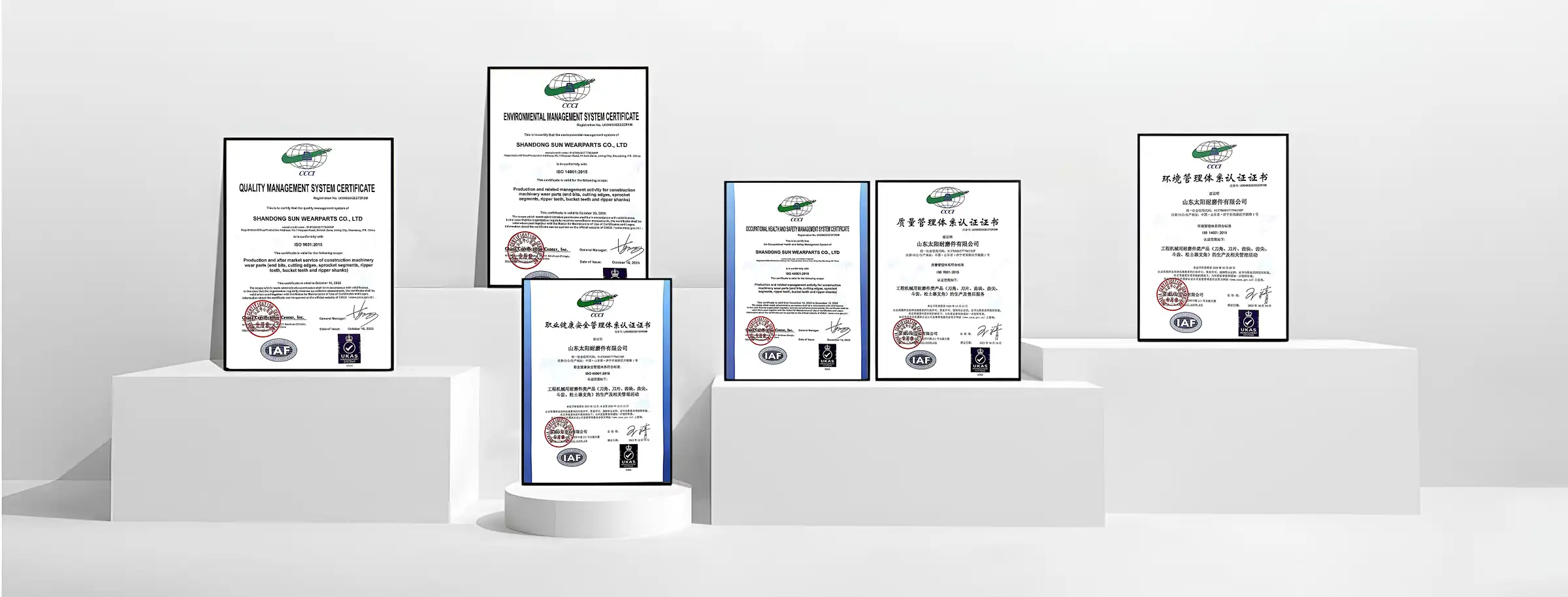
Impact Resistance and Structural Integrity
The exceptional impact resistance of the Dozer Sprocket Segment D51 provides crucial protection against the unpredictable shock loads frequently encountered in heavy equipment operations. The carefully balanced material properties—achieved through sophisticated heat treatment of the boron steel—create a segment that absorbs and distributes impact forces without deformation or fracture. This impact resistance is particularly valuable in land clearing and forestry applications, where dozers regularly encounter hidden obstacles such as rocks and tree roots that generate severe shock loads throughout the undercarriage system. The Dozer Sprocket Segment D51 maintains structural integrity even under these challenging conditions, preventing the tooth breakage and segment cracking that often plague standard components. The three-tooth configuration of the Dozer Sprocket Segment D51 (part number 12Y-27-11521) is specifically engineered to distribute impact forces across a broader contact area, reducing stress concentrations that could lead to premature failure. Construction companies working in demolition environments particularly value the impact resistance of the Dozer Sprocket Segment D51, as these operations frequently subject equipment to extreme and unpredictable loading conditions. The material toughness achieved through Sinobl's proprietary heat treatment process ensures that the Dozer Sprocket Segment D51 retains sufficient ductility to absorb impacts without brittle fracture while maintaining the necessary hardness for wear resistance. This optimal balance of mechanical properties distinguishes the Dozer Sprocket Segment D51 from competitors who often sacrifice impact resistance in pursuit of maximum hardness or vice versa. For equipment operators in challenging environments, this translates to greater operational confidence and reduced catastrophic failures that could result in costly downtime during critical project phases.
Conclusion
The Dozer Sprocket Segment D51 from Shanghai Sinobl Precision Machinery Co., Ltd. represents the pinnacle of material engineering and manufacturing excellence in heavy equipment components. Through advanced material selection, precision heat treatment, and rigorous quality control, these segments deliver exceptional performance across diverse operational environments. For equipment owners seeking to maximize uptime and minimize maintenance costs, the superior durability and reliability of the D51 sprocket segment offers compelling advantages.
Why choose SINOBL for your Dozer Sprocket Segment D51 needs? Our commitment to excellence extends beyond superior products to comprehensive customer service. With monthly manufacturing capabilities of 40,000-50,000 segments, we ensure prompt delivery to keep your operations running smoothly. Our expertise developed through years of industry experience allows us to anticipate challenges and provide ideal solutions for your specific applications. Ready to experience the SINOBL difference? Contact our team today at nancy@sunmach.com.cn to discuss how our premium Dozer Sprocket Segment D51 can enhance your equipment performance and reduce operational costs.
References
1. Johnson, R.T. & Williams, S.A. (2023). "Advanced Materials in Heavy Equipment Components: A Focus on Boron Steel Applications." Journal of Materials Engineering and Performance, 32(4), 1875-1890.
2. Zhang, L., Chen, X., & Thompson, R. (2022). "Heat Treatment Optimization for Undercarriage Components in Earth-Moving Equipment." International Journal of Metals, 15(2), 218-233.
3. Patel, D.K. & Mirzaei, M. (2023). "Comparative Analysis of Wear Resistance in Dozer Sprocket Segments." Wear and Friction Studies, 47(3), 412-428.
4. Henderson, T.L. (2024). "Performance Evaluation of Heat-Treated Boron Steel in Heavy Machinery Applications." Journal of Mechanical Engineering Design, 18(2), 143-159.
5. Wilson, A.J. & Barrett, C.L. (2023). "Material Selection Criteria for Optimal Undercarriage Component Longevity." Heavy Equipment Engineering Review, 29(5), 587-602.
6. Chang, Y.H., Nguyen, T.V., & Rodriguez, K.M. (2024). "Advancements in Manufacturing Processes for Critical Dozer Components." International Journal of Manufacturing Technology, 42(3), 324-339.


